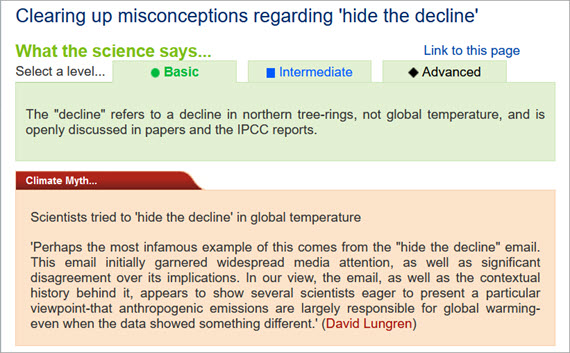Viruses, Vol. 15, Pages 385: Identifying Longitudinal CD4:CD8 Ratio Trajectories Indicative of Chronic Renal Disease Risk among People Living with HIV: An Application of Growth Mixture Models
Viruses doi: 10.3390/v15020385
Authors: Alejandra Fonseca-Cuevas Patrick Newsome Lu Wang Michelle Y. Chen Chris G. Richardson Mark Hull Taylor McLinden Silvia Guillemi Rolando Barrios Julio S. G. Montaner Viviane D. Lima
The incidence of chronic kidney disease (CKD) is increasing among people living with HIV (PLWH). Routine monitoring of indicators such as CD4:CD8 ratio might improve the early detection of CKD. Our objective was to identify clinically relevant CD4:CD8 ratio trajectories indicative of CKD risk. Participants were ≥ 18 years old, initiated antiretroviral therapy between 2000 and 2016, and were followed for ≥6 months until 31 March 2017 or last contact date. Outcome was incidence of CKD. Growth mixture models (GMMs) and decay models were used to compare CD4:CD8 ratio trajectories. Following GMM, 4547 (93.5%) participants were classified in Class 1 with 5.4% developing CKD, and 316 (6.5%) participants were classified in Class 2 with 20.9% developing CKD. The final model suggested that participants in Class 2 had 8.72 times the incidence rate of developing CKD than those in Class 1. Exponential decay models indicated a significant CD4:CD8 ratio decline among Class 2 participants who developed CKD. Among those who developed CKD in Class 2, starting at 5.5 years of follow-up, the slope of their ratio trajectory curve changed significantly, and the rate of decline increased dramatically. Routine monitored CD4:CD8 ratios can be an effective strategy to identify early CKD risk among PLWH.

 1 year ago
40
1 year ago
40


